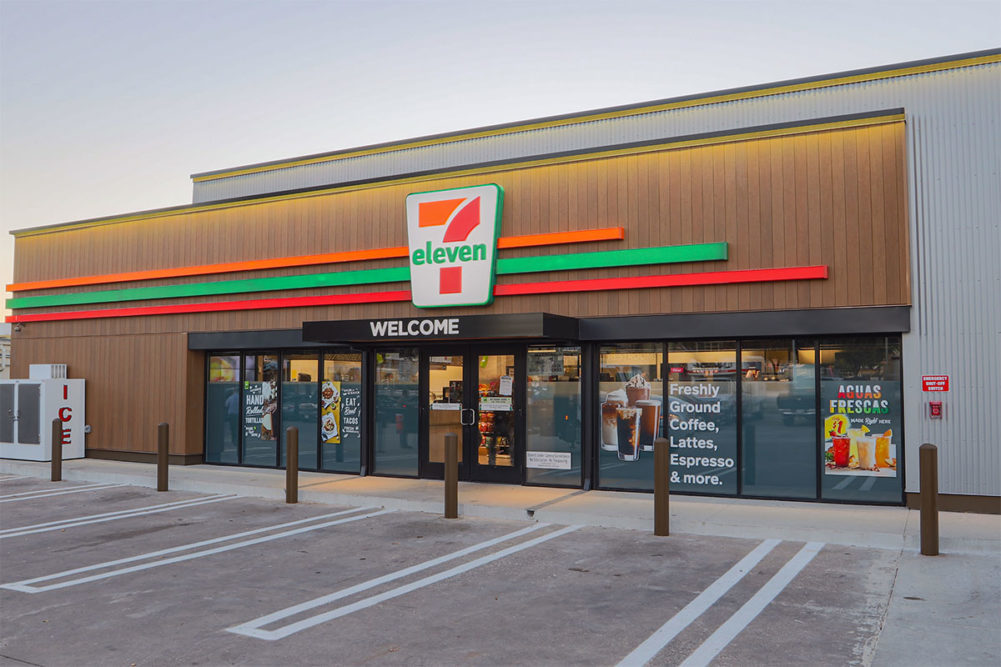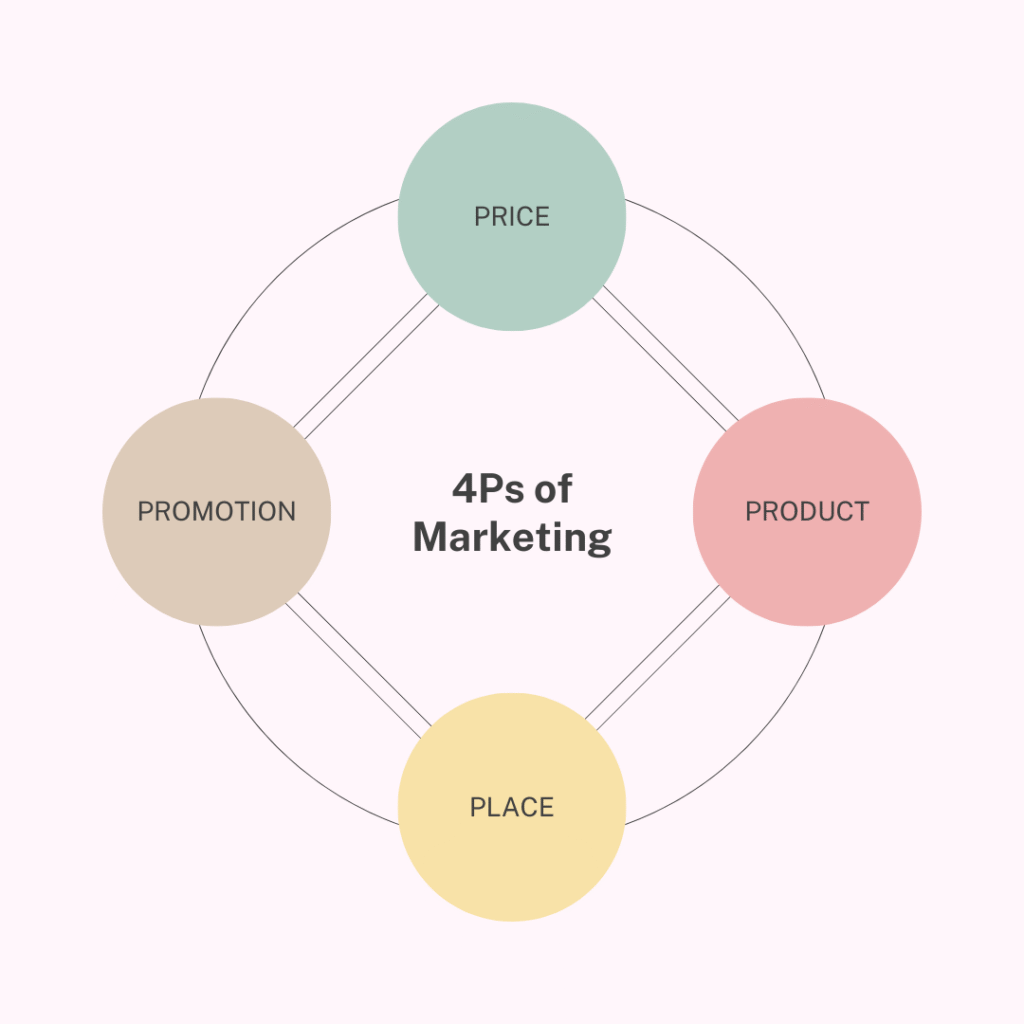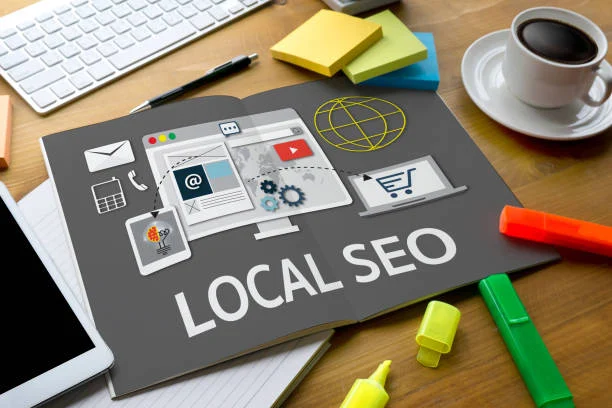Table of Contents
- Introduction: Understanding the 4Ps of Marketing
- Why the 4Ps Matter in Today’s World
- Breaking Down the 4Ps
- Real-World Application: What Are the 4Ps of Quick Trip Marketing?
- 5 Common Questions About the 4Ps of Marketing
- Step-by-Step Guide: Creating a 4Ps Marketing Strategy
- Additional Tips for Optimizing the 4Ps in a Competitive Marketplace
- Conclusion & Strong Call to Action
Understanding the 4Ps of Marketing
Why the 4Ps Matter in Today's World
In an era dominated by digital transformation, social media platforms, and online marketplaces, some people question whether the 4Ps still matter. After all, marketing is drastically different compared to what it was several decades ago. We now have AI-driven analytics, programmatic advertising, and influencer collaborations. Despite these new developments, the essence of marketing has not changed: you still need to craft an offering (Product) that consumers want, set a Price they are willing to pay, determine the best Place to sell it, and decide how to Promote it effectively.

- Simplicity: The 4Ps offer a straightforward structure that helps you break down marketing’s complexities into digestible pieces.
- Holistic View: By emphasizing Product, Price, Place, and Promotion, you’re naturally forced to look at your business from different angles, ensuring you don’t neglect critical areas.
- Adaptability: Even though digital channels and new consumer behaviors have emerged, the 4Ps are flexible enough to accommodate these changes.
- Strategic Foundation: The 4Ps serve as a grounding mechanism. Before jumping into advanced tactics like pay-per-click (PPC) advertising or retargeting campaigns, you must understand who you’re selling to and why they should buy from you.
Breaking Down the 4Ps

- What is the core problem your product solves?
- How does your product differentiate itself from competitors’ offerings?
- Does your product have a clear brand identity or unique selling proposition (USP)?
- Design & Features: Whether you’re selling a smartphone or a cleaning service, design and features are central to product appeal. For instance, Apple differentiates its products through sleek design, ease of use, and innovation.
- Quality: People will often pay a premium for quality. Figuring out the minimum quality standards and ways to exceed them is crucial for product success.
- Branding: A product’s brand identity should be cohesive across all channels. This identity includes logos, color schemes, taglines, and the overall brand persona.
- Lifecycle: Products have lifecycles—introduction, growth, maturity, and decline. Different marketing strategies apply at each stage.

Questions to Ask Yourself:
- What is the perceived value of your product in the eyes of your target audience?
- Is your pricing aligned with market standards, or do you plan to differentiate yourself in terms of Price?
- How sensitive is your target market to price changes?
Key Considerations:
- Pricing Strategies: You can adopt different pricing strategies, such as cost-based pricing (setting prices relative to production costs), value-based pricing (aligning Price with perceived value), or competitor-based pricing (matching or undercutting the competition).
- Price Elasticity: Some markets are highly price-sensitive—think groceries and essential consumer goods—while others are more flexible, such as luxury or niche segments.
- Discounts & Promotions: Temporary price adjustments, such as sales or discounts, can attract more customers, but they also risk devaluing your product in the long run if used excessively.
- Psychological Pricing: Techniques like .99 pricing or anchoring higher prices next to standard offers can significantly influence buying behavior.
Price is more than just a number; it’s an integral component that affects consumer perceptions. A high price can convey exclusivity, while a low price might suggest accessibility or, in some cases, lower quality. Balancing these perceptions is key.

- Where do your customers typically shop for products like yours?
- Are you leveraging online platforms, brick-and-mortar locations, or a combination of both?
- What does your distribution network look like?
- Online vs. Offline Channels: Some businesses thrive solely online (e.g., e-commerce), while others rely heavily on foot traffic in physical stores. Many adopt an omnichannel approach, merging both online and offline experiences.
- Logistics & Supply Chain: Ensuring that your product is available where consumers want it, in the quantity they desire, is crucial. Consider Amazon’s success, in part due to its world-class distribution system.
- Market Coverage: Do you plan to distribute your product globally, nationally, or locally? Different scales require different logistical considerations and partnerships.
- Customer Convenience: The simpler and more convenient it is for customers to find and purchase your product, the higher your conversion rates are likely to be.

- What channels do your target customers pay the most attention to?
- Do you have a distinct brand voice or style guide for marketing communications?
- Which promotional techniques (discounts, loyalty programs, influencer partnerships) resonate best with your audience?
- Advertising: Traditional (TV, radio, print) vs. digital (social media ads, PPC, display networks). Each has its advantages, depending on your audience and budget.
- Public Relations (PR): Building a good reputation through press releases, community events, and thought leadership can be a cost-effective way to bolster brand image.
- Sales Promotion: Tactics like coupon codes, buy-one-get-one offers, or referral bonuses are short-term strategies to increase sales quickly.
- Direct Marketing: Email marketing and SMS campaigns can be highly effective in maintaining direct communication with your audience.
- Content Marketing & SEO: Creating valuable content—articles, videos, podcasts—helps position your brand as an authority and attracts organic traffic from search engines.
Real-World Application: What Are the 4Ps of Quick Trip Marketing?
Now that we’ve covered the basics, you might be wondering, “What are the 4 Ps of quick trip marketing?” The term “quick trip” in marketing typically pertains to businesses or purchase scenarios where the consumer journey is short and immediate—often driven by convenience and impulse. Think about stores like QuikTrip, 7-Eleven, or the local corner store where people pop in for a coffee, a snack, or an essential item they suddenly realize they need.

1. Product for Quick Trips:
- Convenience-Focused: The product assortment should fulfill immediate needs. The emphasis is usually on grab-and-go foods, beverages, or daily essentials.
- Impulse Items: Quick trip locations often feature easily accessible impulse products near checkout counters, such as candy bars, magazines, and small electronics.
- Local Preferences: Depending on the area’s demographics, certain products may have a higher demand. Quick trip marketing thrives by tailoring product ranges to local tastes.
- Competitive Pricing: Because convenience stores typically face competition from larger grocery chains or nearby stores, pricing must be competitive.
- Value for Money: Shoppers often pay a bit more at convenience stores but expect speed and accessibility.
- Promotional Bundles: Offering deals like “buy one, get one at a discount” for snacks and drinks can encourage higher cart value.
- High-Traffic Locations: Quick-trip stores are often located along busy roads, near gas stations, or in city centers. This is the cornerstone of their model—being in the right Place at the right time.
- Store Layout: Layouts are designed for efficiency, guiding customers in and out quickly. Shelves, products, and checkout counters are strategically placed for an easy flow.
- Omnichannel Extensions: Some quick trip businesses even offer curbside pickup or online ordering to meet customer demands for speed and convenience.
- In-Store Promotions: Quick-trip stores leverage window posters, aisle flags, and digital signage to promote deals.
- Loyalty Programs: Loyalty cards or mobile apps offering points or freebies are common promotional tactics.
- Geo-Targeted Advertising: Businesses might use digital marketing to target customers within a specific radius, sending push notifications or localized ads.
- Email & App Notifications: If a customer is within a specific range, the business can send an offer like “20% off your favorite coffee if you visit in the next hour.”
5 Common Questions About the 4Ps of Marketing

Step-by-Step Guide: Creating a 4Ps Marketing Strategy
Now that you’ve learned the basics let’s take a step-by-step approach to developing a 4Ps-based marketing strategy. Whether you’re crafting this plan for a brick-and-mortar store or an e-commerce startup, or you’re specifically trying to answer what the 4Ps of quick trip marketing are, these steps can serve as a roadmap.

- Why It Matters: Market research validates demand and helps you understand consumer needs.
- How to Do It: Use surveys, focus groups, or online polling. Analyze your competitors to see their products, pricing, and promotional tactics.
- Why It Matters: The 4Ps only work effectively if tailored to a specific audience.
- How to Do It: Create buyer personas detailing demographics, psychographics, pain points, and preferences.
- Why It Matters: You can’t effectively price, Place, or promote a weak product.
- How to Do It: Highlight your Product’s unique selling points (USPs). If you’re in the quick trip business, think about how you can offer maximum convenience. Ensure packaging and design align with your brand identity.
- Why It Matters: Pricing influences perception, profitability, and brand positioning.
- How to Do It: Choose a pricing model—cost-based, value-based, or competitor-based. Test different price points. For instance, if you run a quick trip store, compare your prices to local grocery or convenience stores to stay competitive.
- Why It Matters: Even the best product can fail if customers can’t easily find it.
- How to Do It: Decide if you’ll sell online, in a retail storefront, or both. If you’re focusing on quick trips, consider high-traffic areas or partner with gas stations. Optimize your supply chain to ensure products are in stock.
- Why It Matters: Promotion is how you let the world know about your product.
- How to Do It: Choose marketing channels that resonate with your audience—social media, local TV, influencer partnerships, or content marketing. Plan promotional cadences (e.g., weekly deals and monthly newsletters).
- Why It Matters: The 4Ps need continuous optimization.
- How to Do It: Collect customer feedback via surveys, reviews, or direct engagement on social media. Analyze sales and traffic data to see which strategies are working.
- Why It Matters: Markets evolve, and so should your marketing mix.
- How to Do It: Regularly revisit each “P.” Adjust your product line based on emerging trends, revisit your pricing strategy when new competitors enter the market, expand or refine distribution channels, and continuously update your promotional tactics.
Additional Tips for Optimizing the 4Ps in a Competitive Marketplace

Conclusion & Strong Call to Action
Ready to Elevate Your Marketing Strategy?

Whether you need help refining your product positioning, designing a robust pricing strategy, enhancing your distribution network, or launching impactful promotions, our specialists are ready to provide the expertise and creativity you need to stand out. Contact Excell today and book a free discovery call, and let’s turn your marketing vision into a thriving reality!
Contact us:
EXCELL INDUSTRIES LLC
6420 Richmond Ave., Ste 470
Houston, TX, USA
Phone: +1 832-850-4292
Email: info@excellofficial.com




